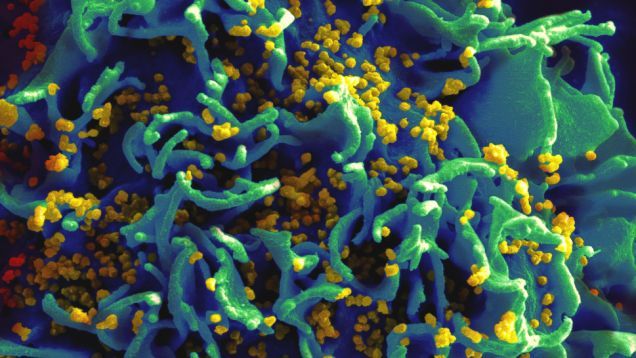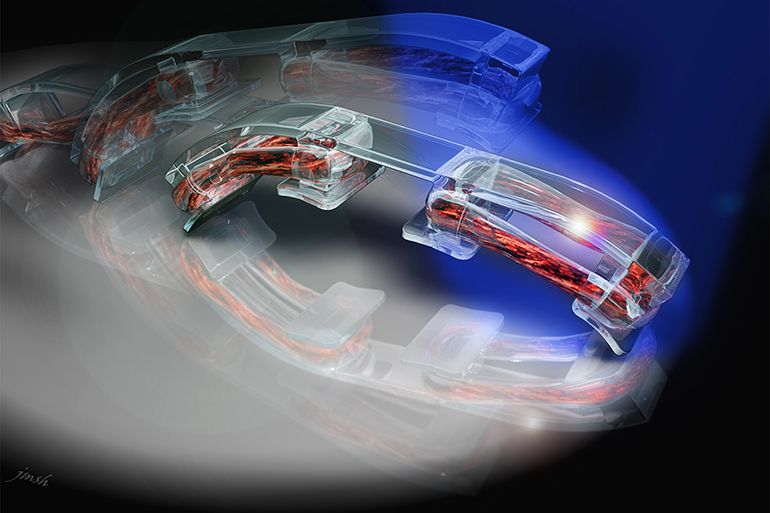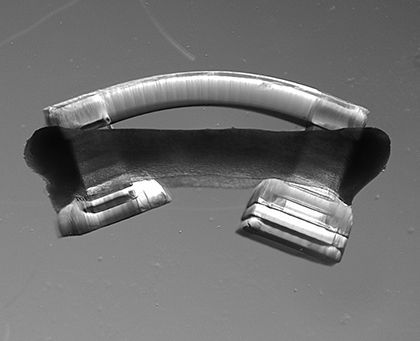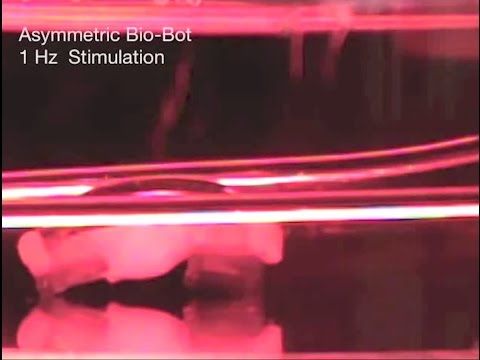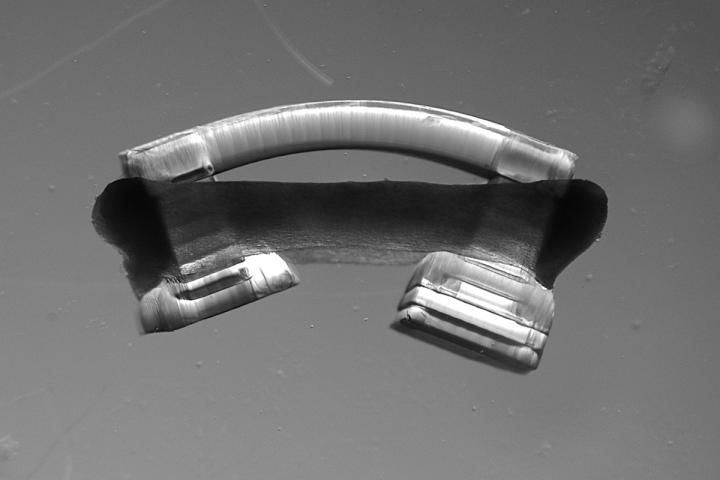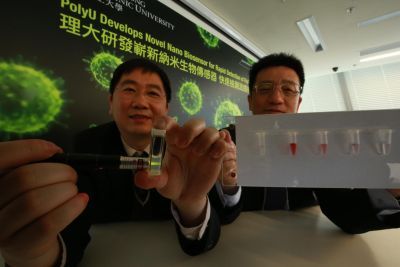Mar 22, 2016
HIV Genes Successfully Edited Out of Immune Cells
Posted by Sean Brazell in categories: bioengineering, biotech/medical, genetics
This could have some truly profound implications for the treatment of all viruses, including HIV!
Researchers from Temple University have used the CRISPR/Cas9 gene editing tool to clear out the entire HIV-1 genome from a patient’s infected immune cells. It’s a remarkable achievement that could have profound implications for the treatment of AIDS and other retroviruses.
When we think about CRISPR/Cas9 we tend to think of it as a tool to eliminate heritable genetic diseases, or as a way to introduce new genes altogether. But as this new research shows, it also holds great promise as a means to eliminate viruses that have planted their nefarious genetic codes within host cells. This latest achievement now appears in Nature Scientific Reports.
Continue reading “HIV Genes Successfully Edited Out of Immune Cells” »
